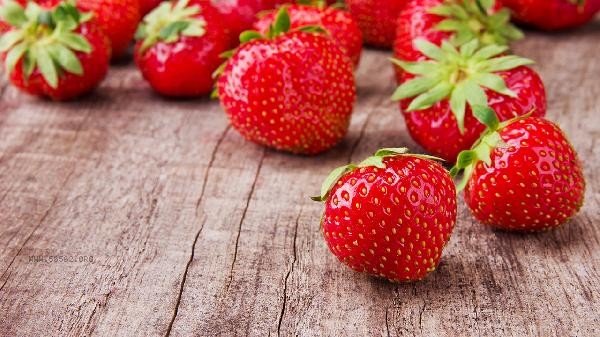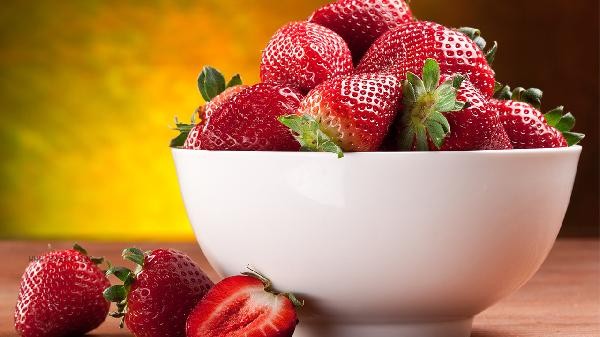The natural ripening period of strawberries is mainly concentrated in the spring months of April and May. Some early maturing varieties can be launched in March, while late maturing varieties can last until early June. The maturity time of strawberries is influenced by factors such as variety characteristics, cultivation methods, climatic conditions, regional differences, and management measures. Strawberries grown outdoors usually enter their peak fruiting period in mid April, when there is a large temperature difference between day and night, sufficient sunlight, sufficient sugar accumulation in the fruit, and optimal color and flavor. Due to the mild climate, the maturity period in the Jiangsu Zhejiang Shanghai region is about half a month earlier than in the north; However, high latitude regions such as Northeast China require greenhouse assistance, and the maturity period may be delayed until late May. Strawberries grown in greenhouses can be supplied out of season from December to March of the following year through temperature regulation, but their taste is slightly inferior to naturally ripe fruits. Due to insufficient accumulated temperature, strawberries in high-altitude mountainous areas generally mature about 20 days later than those in plain areas. Some special varieties, such as Four Seasons Strawberry, can achieve fruiting in both spring and autumn, but the fruit size is smaller and the acidity is higher in autumn. High temperatures and heavy rainfall in summer can lead to rapid overripe and rotting of strawberries, so naturally, strawberries circulating in the market after June are mostly stored in cold storage.

When choosing strawberries, it is recommended to choose fruits with fresh green stems, raised surface grains, and no squeezing deformation. Mature strawberries should have a strong fruity aroma rather than a grassy taste. Family planting can determine maturity by observing changes in the background color of the fruit. When the shoulder of the fruit turns from white to red, it can be harvested. Due to the difficulty in storing strawberries, it is recommended to consume them as soon as they are ripe to avoid nutrient loss. People who are allergic to strawberries should eat them carefully, and diabetes patients need to control their single intake.










Comments (0)
Leave a Comment
No comments yet
Be the first to share your thoughts!